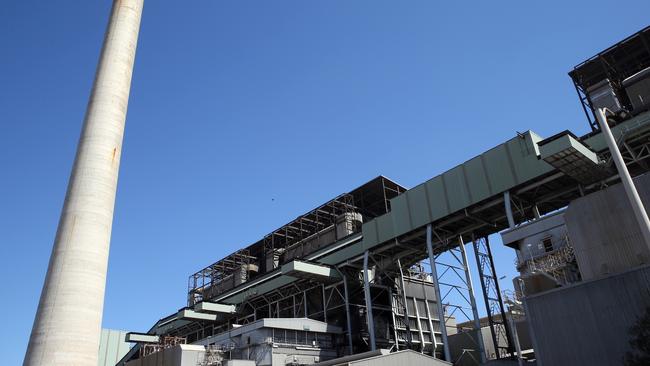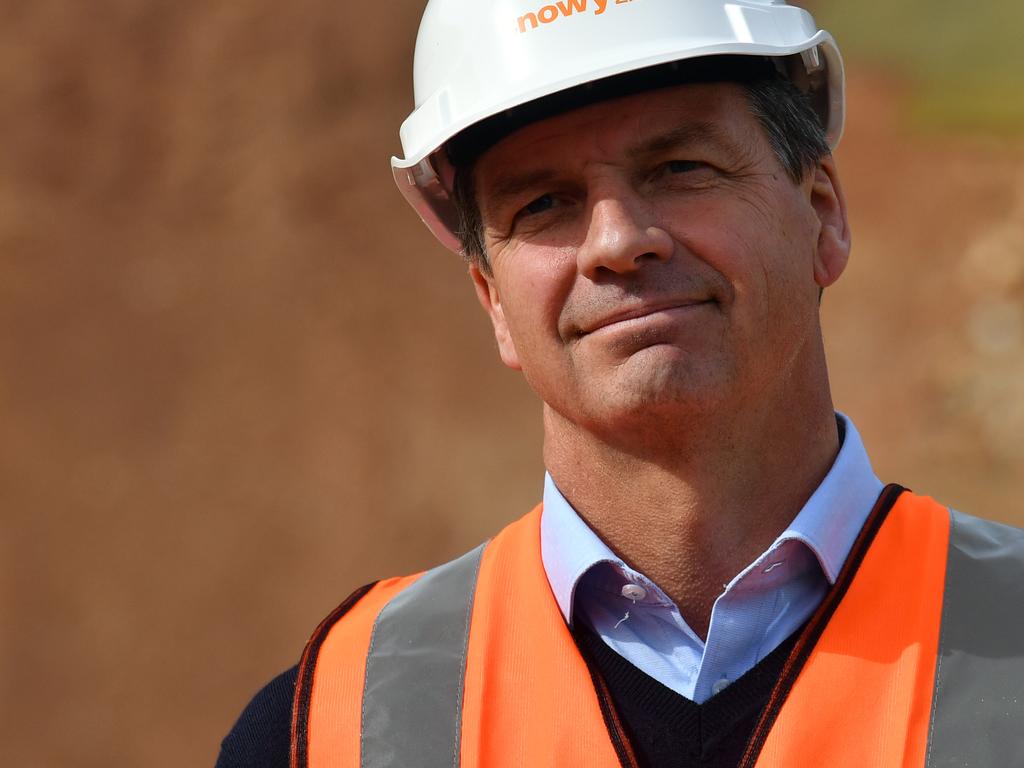Ultimatum on power generation brings big energy and Morrison government showdown
Prospective investors will have about six months to commit to the new targets or the government will step in to ensure the generation is built.

The Morrison government has set up a showdown with Australia’s biggest energy players after vowing to intervene in the market and build new generation if private industry fails to approve new investment in the sector.
The Commonwealth hopes a reset of the east coast gas market and a 1000 megawatt target for replacing AGL Energy’s Liddell coal plant will help trigger urgent investment needed for the gas and electricity sectors following concerns over continuing high prices and a looming supply shortage.
However, prospective investors will only have just over six months to commit to the new targets or the federal government will step in itself to ensure the generation is built.
“The government wants the private sector to step up and make timely investments in the gas market. If the private sector fails to act, the government will step in — as it has done for electricity transmission — to back these nation-building projects,” the government said in a statement.
“This may include … streamlining approvals, underwriting projects or the establishment of a special-purpose vehicle with a capped government contribution.”
The prospect of further intervention may spook investors already worried current market prices are too low to justify bringing new “firm” power supplies into the grid. The so-called “big stick” legislation was introduced last year to tackle energy market manipulation and followed Canberra’s introduction of a safety net for electricity prices through the default market offer.
Power giants including Origin Energy and EnergyAustralia have also blamed the government’s underwriting generation scheme for distorting investment signals and making it more difficult to approve pending projects that would add new baseload supplies to the grid.
The introduction of a national gas infrastructure plan will inform the market of priority infrastructure investments through consultation with industry. However, if industry fails to invest the government will step in.
The government will also consider a bookbuild program to unlock supply and boost the local market.
A heads of agreement will be extended to ensure sufficient supplies are made available for the local market from the three Queensland LNG export plants while options for a prospective gas reservation scheme will also proceed, meaning a portion of supplies must be hived off for domestic users.
Measures to replace the lost capacity of the Liddell coal plant would also be encouraged before it closes in 2022-23, following a government inquiry into the forthcoming closure of the facility.
The private sector will have until the end of April 2021 to reach final investment decisions on 1000MW of dispatchable capacity such as pumped hydro, coal, gas and batteries with a commitment for generation in time for summer 2023-24.
If the private sector has not delivered on the target by the end of April 2021, the government “will take necessary steps” to ensure the required dispatchable capacity is built.
Developing options
The government-owned Snowy Hydro is already developing options to build a gas generator in the Hunter Valley at Kurri Kurri “should the market not deliver what consumers need”, the government said.
“The government has always been clear — we need to see life extension or like-for-like replacement of Liddell,” Energy Minister Angus Taylor said.
“Over the last decade, the private sector has not built a single new reliable power plant in NSW. And in the five years since the closure of Liddell was first announced, the private sector has only committed to a single dispatchable generation expansion — a 100MW addition to the existing Bayswater plant. This falls far short of what is required.
“The government expects industry to step up and deliver the new dispatchable capacity required to ensure a reliable and affordable energy system. If industry steps up, we’ll step back.”
The Liddell Taskforce found closing the AGL plant without the required dispatchable replacement capacity risks prices rising by around 30 per cent over two years, or $20 per megawatt hour to $80 in 2024 and up to $105/MWh by 2030.
AGL in August devised a scheme to install a 500MW battery system at Liddell, marking one of the biggest rollouts of the storage technology in Australia, although still less than a third of the existing 1680MW coal plant capacity.
Origin Energy said in August it would hold off investing in new power generation due to low wholesale electricity prices, threatening a pipeline of generation needed to back up renewables in the national electricity market.
Similarly, AGL Energy warned the rapid fall in electricity and gas prices could result in an investment strike, raising concern as the country looks to boost generation before coal plants retire.
Origin shelved a proposed expansion of its Shoalhaven-pumped hydro project in NSW with the investment failing to stack up partly due to the impact of the giant government-owned Snowy 2.0 on the electricity market. It has a stack of other projects spanning fast start gas and batteries which could get approval if market conditions change.
Up to 19 gigawatts of dispatchable resources such as batteries, pumped hydro and fast-start gas plants will be required in the next two decades to back up renewables, according to AEMO.






To join the conversation, please log in. Don't have an account? Register
Join the conversation, you are commenting as Logout